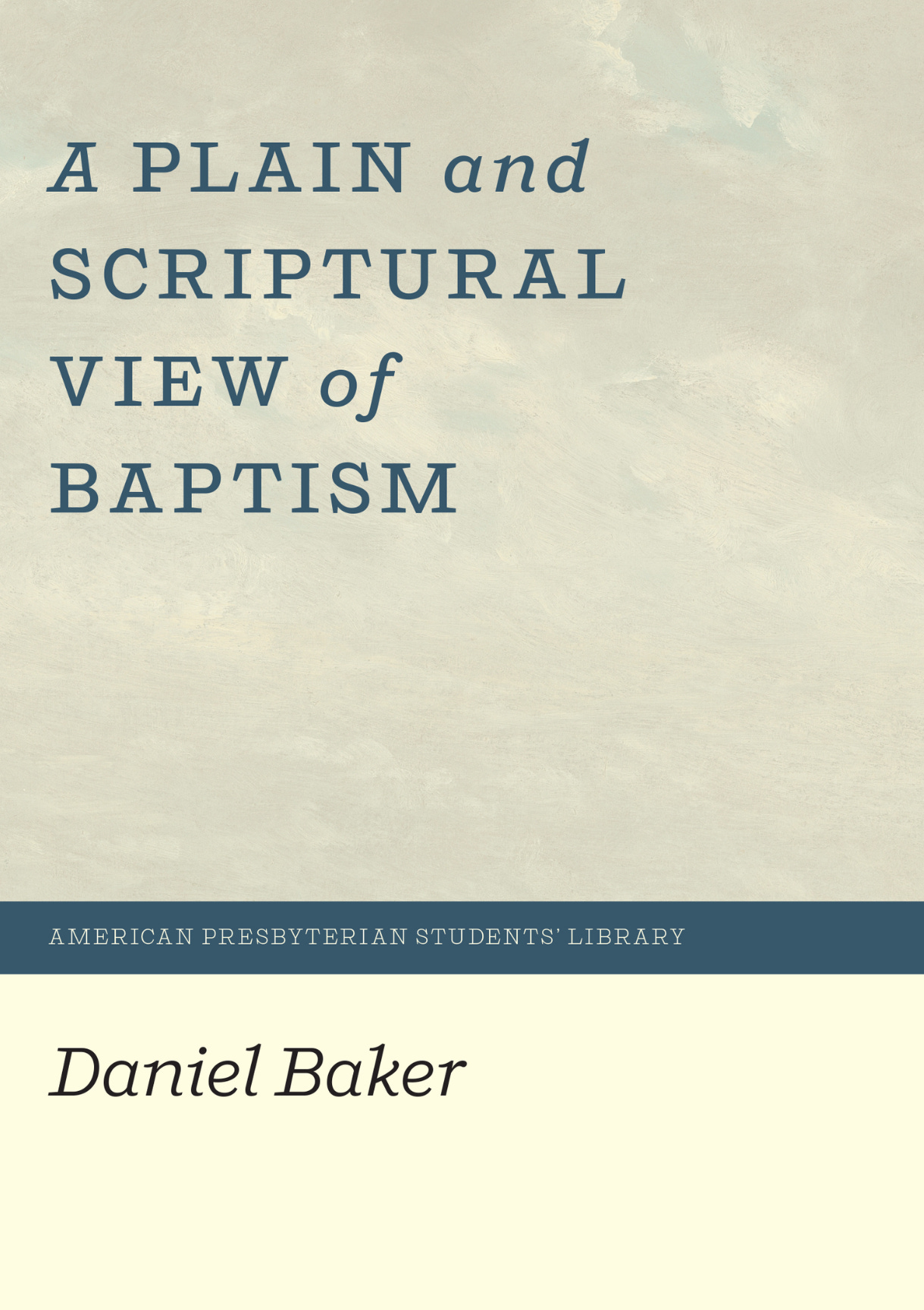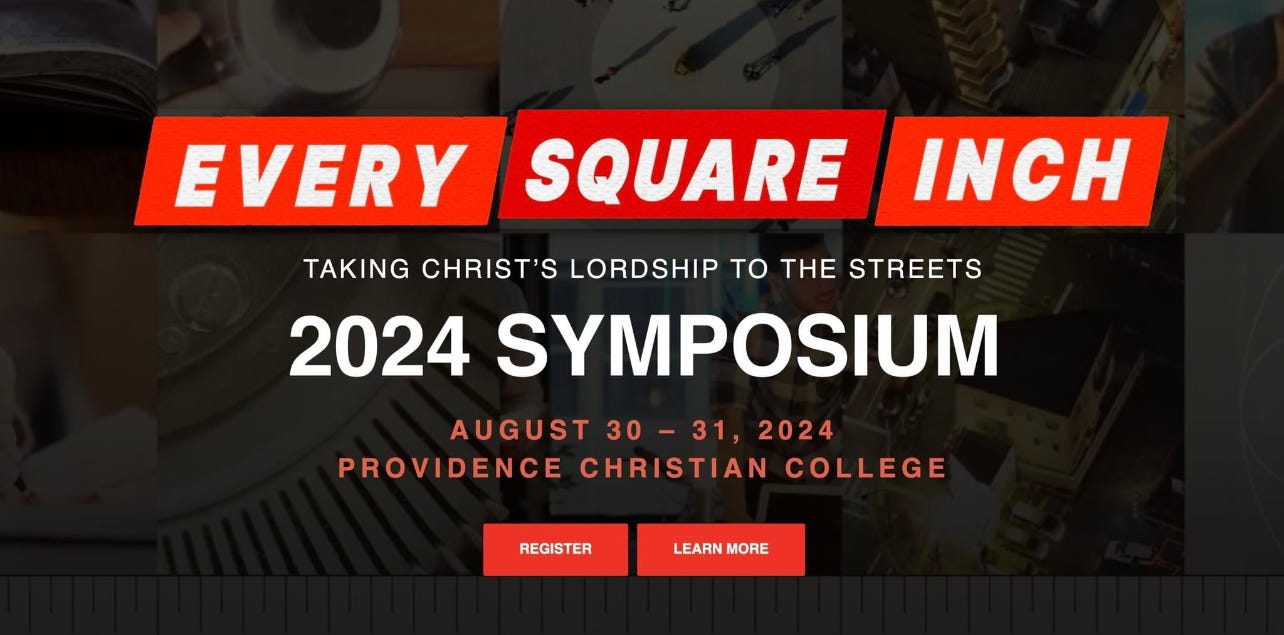Verbal Truth in a Visually Mesmerized Age
We must make a conscious choice to turn away from, and not distracted by, images when encountering the word of God.
Dear Friends and supporters,
We live in a time, perhaps more than any other in history, that privileges the visual over the verbal, the image over the word. Neil Postman dissected this trend decades ago in Amusing Ourselves to Death, as did Richard Weaver much earlier in his Ideas Have Consequences. His memorable chapter on this topic is titled “The Great Stereopticon,” and it’s merciless.
I can only imagine what Postman and Weaver would think of the present pixelated colonization of the world. We see ultra-high-resolution images on our smart phone, and we routinely take stunning HD pictures that look more appealing than reality itself. A couple of months ago at our rural home in California a nearly unprecedented thing happened: we could see the Northern Lights (perhaps you did at your house). I could barely make them out with the naked eye, but my wife Sharon told me to take a photo on my iPhone, and when I did, the image was extraordinary (I didn’t use any filters).
I think about today’s high school students seeing their parents or grandparents watch a TV rerun or movie from the 70s or 80s. It must seem unbearable to the youngsters — the images so fuzzy and unclear. It was just as fuzzy and unclear back then, and nobody seemed to mind. Today, the colors and contrast are so vivid as to be almost mesmerizing. We find it hard to drag our eyes from the screen.
Ours is an exponentially more visual than a verbally oriented culture. You have noticed that when you read an article online, it explodes with glossy advertisements. This is certainly true of the magazines that still survive, and it’s even truer of smart phones and laptops. If you took a look at newspapers even 25 years ago, they will seem utterly drab. USA Today was the first national newspaper designed to look like a TV screen — text with lots of appealing images. The visual is primary; the word is secondary.
Our Non-Visual Bible
There’s an old saying: a picture is worth 1000 words. However true that might be, it’s not true about the Bible. The Bible is the word of God, and it doesn’t contain pictures. That’s not because there weren’t pictures when God inspired the Bible. There obviously weren’t photographs, but there certainly were drawings, and God could have inspired his revelation in drawings. The missionary-apostle Paul could have visited the local synagogue and drawn a picture of the cross and empty tomb rather than preached the written word of God (the gospel of the Old Testament). God chose not to operate this way. He gave us his word, words and sentences, and finally a collection of 66 books — a single compilation filled with words and sentences.
Would you like to know why? Because language is the central means of communication between humans, and between humans and God. God is a speaking God. He spoke the world into existence. He spoke to the prophets. His Son spoke to the Jews of the time. The apostle Paul traveled all over the ancient Near East, using words and sentences to communicate the truth. God really seems to enjoy talking. As Peter Leithart once said, God is a chatty sort of God. He even talks to himself. In Genesis 1 he said “Let us make man in our own image.” The members of the Trinity talk to one another. God always seems to be talking. He likes to communicate via words and sentences.
Some people have found this demeaning to God. They think God is too high and lofty and otherworldly to communicate with words. But they’ve got it all wrong. God created us in his image to be able to understand and utter language. And the most extensive way he communicates with us is by language. Yes, God, communicates in creation also. The Bible is clear about that (Ps. 19; Rom. 1). But his most extensive and comprehensive communication is in language, the Bible.
Verbal Truth about the Verbal
From this, we can learn several important truths.
First, to know the word of God well, you must know how to read. Of course, it’s possible in a non- or pre-literate society for people to hear the word of God, but that means you’re always dependent on someone else. In the OT God spoke by the prophets, but very soon he got those words written down as scripture. There it is: script-ure (script is writing). The Bible tells us God himself wrote his law at Sinai — the finger of God wrote the Ten Commandments (Ex. 31:18). That sounds strange, because God is a Spirit and doesn’t have body parts to our knowledge, but God can give himself body parts, and apparently he did at Sinai when he wrote out his law. God didn’t want his people to know his word only by hearing it. He wanted them to to have it in writing.
For this reason Christian missionaries going to non- or pre-literate societies have been very intent to teach the native people how to read. Why? So they can read God’s word. It’s useless to have God’s word in their language if they can’t read it.
Second, since the Bible is the written word of God, if we don’t spend time reading, we can’t know the fulness of God’s revelation. I know some Christians who say “Well, I love God, but I don’t like to read.” Then you can’t know God’s revelation as well as you should. Yes, you can hear it preached in church on Sunday, you can hear it read on a digital device; but you can’t know it in a full way unless you spend time reading it. You need to either read it in a hardcopy book or read it on a screen, but you need to read it. And yes, you can listen to it, but even listening is not the same as reading. God gave his word not only to be listened to, but also read. “Have you not read?” Jesus implored the Jews. “Blessed is the one reading, and those hearing the words of the prophecy, and keeping the things having been written in it; for the time is near,” John writes (Rev. 1:3).
The church of the ancient Jews and of the early apostles lacked access to mass written communication, as in the printing press or digital technology. Individual copies of Scripture (or its fragments) weren’t widely available; all Scripture was hand copied. Due to God’s common grace, Bibles today are almost ubiquitous in every conceivable translation in numerous languages, both as analog and digital. I myself own about 50 hard-copy Bibles. In such a grace-saturated world, Christians should access and read the Bible more frequently than their forebears did — or could.
I would recommend reading it in hard copy. It’s much easier getting distracted if you’re reading it on a screen, particularly if you have your notifications activated, and you’re getting texts or Instagram or TikTok updates from your friends. Every day, take your Bible – your hard copy Bible – go away somewhere quiet, and read it. It doesn’t matter where you start reading, just start reading! You'll benefit by dipping into and reading Leviticus 12 and Isaiah 17 just as you will John 3 and Roman 10. All of the Bible is inspired, and all of the Bible is profitable.
Third, in our image-saturated culture, we must consciously, intentionally avoid being distracted from the word. Have you ever noticed when watching a TV commercial or looking at an ad in a magazine, your eyes are immediately drawn to the image and not the words? We tend to be overwhelmed by images and underwhelmed by words. Images — particularly lush, attractive, large images — rivet our attention. If we’re in an environment where attention is solely devoted to images, they can become our new temporary reality. This is what often happens in movie theaters. The room is dark, and we’re watching Dune 2, and we become so engrossed in the images and the story, that this becomes our reality. The room and the building we’re sitting in seems almost imaginary, and the movie seems real. That’s how powerful images are.
Because of that, we must make a conscious choice to turn away from, and not be distracted by, images when encountering the word of God.
Immersed in the Word
I want to make clear I am not attacking images or the visual per se. God created this beautiful world. He expects us to take it all in and enjoy it and worship him because of it. The same is true of visual culture — great art, great photographs, great architecture, and so on. All of these things are God’s gifts. We, in fact, are an image — the image of God. Of course, the fullest image of God is Jesus Christ. He’s a perfect reflection of the Trinity, and those who saw Christ saw God’s perfect visual revelation just as we will see him one day when we fall down at his feet and worship him.
But even Jesus is not a substitute for the written word of God. In any case, we living today can’t know anything about him apart from the Bible. It is his own word. We cannot visualize Jesus today, but we can read his word. If we want to know Jesus better (and shouldn’t we?), if we want to follow him more faithfully, we need to spend time immersed in his word. That’s a good word — immersed.
In our visually mesmerized age, work to be verbally oriented.
I’m grateful to George Grant’s alerting me to this slender, delightful book by a noted 19th century evangelizing Old South Presbyterian pastor. It’s direct, simple, clear, and surprisingly content-rich. If you’re a paedobaptist (as I am), you’ll find biblical and theological confirmation for your views. If you’re baptistic, you’ll find in it a clear, accurate statement of the paedobaptist view you can analyze and critique. Part 2 addresses the topic of immersion versus alternative modes of baptism.
I commend this little work highly.
You can get it here.
Personal
To prove I’m no party-pooper for visual depictions, note our infectiously hopeful granddaughter Hope:
Soon I plan to address in CultureChange “The Revenge of the Classical World” and “Omnidirectional Counterpunching.”
If you enjoy CultureChange, why not share it and encourage others to subscribe?
Yours for the cosmic Lord,
Founder & President, Center for Cultural Leadership
Isaiah 49:1–2
Every Square Inch Symposium Next Weekend in Pasadena
Register here.
More great stuff
The Center for Cultural Leadership site is here.
My Amazon author page (print and digital) is here.
My I-Tunes sermons, lectures and podcasts are here.
You can find my sermons and lectures at my YouTube channel.
Sign up to get my blog updates here.
Here’s my Twitter feed.
If you want to get the free exclusive hard copy publication Christian Culture, please send me a Facebook private message.
The CCL phone number is 831-420-7230.
The mailing address is:
Center for Cultural Leadership
P. O. Box 100
Coulterville, CA 95311










